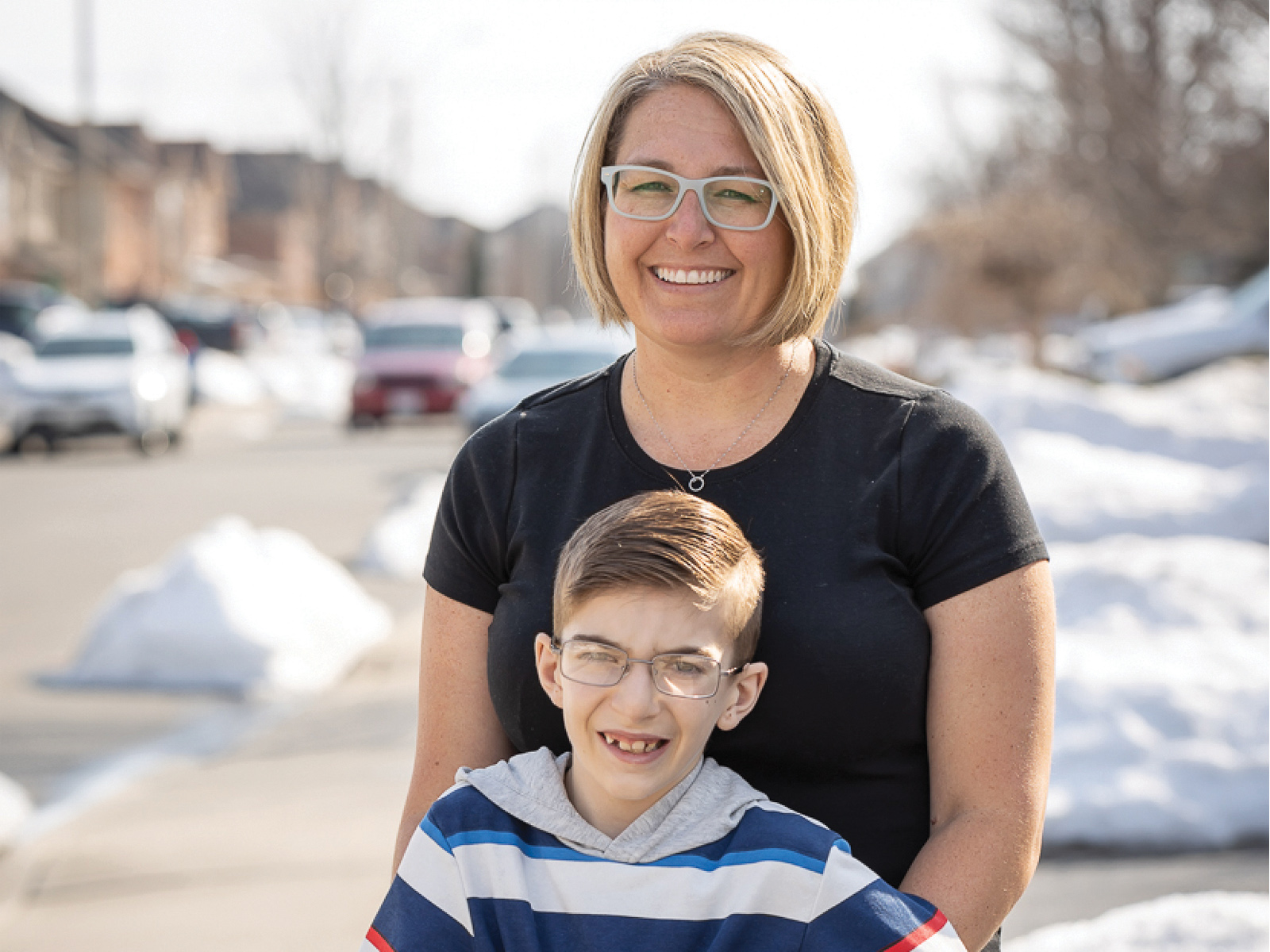By Dr. Anatoli Freiman and Asfandyar Mufti
Skin cancer is the most prevalent of all types of human cancers. It does not discriminate, affecting people of all ages, sex and races. Learning how to prevent skin cancer could save your life.
Skin cancer in young adults
In adults aged 25–29 years, melanoma skin cancer is the most common form of cancer, and it is the second most common cancer in adolescents and young adults. Excessive exposure to the sun during childhood increases the risk of skin cancer. Tanning beds also significantly increase the risk of developing melanoma, especially in women younger than age 45. As well, immune suppression and a family history of skin cancer can all contribute to increased risk.
Role of gender and ethnicity
The risk of squamous cell carcinoma, basal cell carcinoma and melanoma skin cancer is higher in males compared to females. Melanoma is the fifth most common cancer for males and the seventh most common cancer for females. African-Americans and Asian Indians have higher reported rates of squamous cell carcinoma, while Japanese, Caucasians, Hispanics and Chinese Asians have higher reported rates of basal cell carcinoma. Individuals with lighter skin, blond or red hair, and blue eyes are at increased risk of developing skin cancer; however, it can also occur in people with darker skin. People with skin of colour can develop melanoma, especially on the palms, soles, under the nails, in the mouth or on the genitalia.
Types of skin cancers
Actinic keratosis is considered the earliest stage in the development of skin cancer. Keratoses are small red rough spots commonly found on the face, ears, neck, lower arms and back of the hands in fair-skinned individuals who have had significant sun exposure; these spots can be sensitive or sore.
Basal cell carcinoma (BCC) is the most common type of skin cancer. It appears frequently on the head and neck, as a small, fleshy bump or even a flat patch; the lesion can be fragile and bleed easily, or be sensitive and sore. Untreated, the cancer often will begin to bleed, crust over and heal in a repeating cycle. This type of cancer rarely metastasizes (spreads to other parts of the body) or kills, but it can extend to the bone and nerves, causing local damage.
 Squamous cell carcinoma (SCC) is the second most common skin cancer. Typically located on the rim of the ear, the face, lips and mouth, this cancer may appear as a bump or as a red, scaly patch; lesions can be sensitive or sore. SCC can develop into large masses and become invasive. Unlike BCC, this form of cancer can metastasize. When found early and treated properly, the cure rate for both BCC and SCC is over 95 per cent.
Squamous cell carcinoma (SCC) is the second most common skin cancer. Typically located on the rim of the ear, the face, lips and mouth, this cancer may appear as a bump or as a red, scaly patch; lesions can be sensitive or sore. SCC can develop into large masses and become invasive. Unlike BCC, this form of cancer can metastasize. When found early and treated properly, the cure rate for both BCC and SCC is over 95 per cent.
Malignant melanoma (MM) is the most deadly skin cancer. Nonetheless, the death rate is declining because melanoma is usually curable when detected and treated early. Melanoma begins in melanocytes, the skin cells that produce the dark pigment called melanin. This cancer appears in mixed shades of tan, brown and black, although it can also be red or white. Melanoma can metastasize, making early treatment essential. It may appear suddenly, or begin in or near a mole or other dark spot. A dermatologist must examine any changing mole.
Treatment of skin cancer
If a skin biopsy reveals cancer or the lesion is a clinically (visually) obvious skin cancer, the dermatologist has an array of medical and surgical procedures as treatment, depending upon the type of cancer, its location and the needs of the individual. Dermatologic surgical treatments include electrodessication and curettage (ED&C, which involves alternately scraping or burning the tumour in combination with low levels of electricity), surgical excision, cryosurgery (freezing using liquid nitrogen) and Mohs micrographic surgery. Other dermatologic treatments include radiation therapy, topical chemotherapy and, most recently, a new oral therapy for aggressive or large basal cell cancers. Overexposure to ultraviolet light is the main cause of skin cancer. • Seek shade between 10 a.m. and 4 p.m. • Wear light-coloured, tightly woven protective clothing such as long sleeves and pants, a wide-brimmed hat, and sunglasses. • Wear a sunscreen that offers both UVA and UVB protection, ideally with an SPF of 30 or more. • Reapply sunscreen
every two to three hours, and always after sweating or water exposure. • Avoid tanning beds.
The best defence: Avoid the sun
Stay alert about changes in your skin by performing regular self- examinations. If you find suspicious lesions, do not delay! See a physician or a dermatologist.
Anatoli Freiman, MD, FRCPC, is a dermatologist and the medical director of the Toronto Der matology Centre. Asfandyar Mufti, BMSc, is a third-year medical student, and founder of the Dermatology Interest Group at the University of Ottawa.














